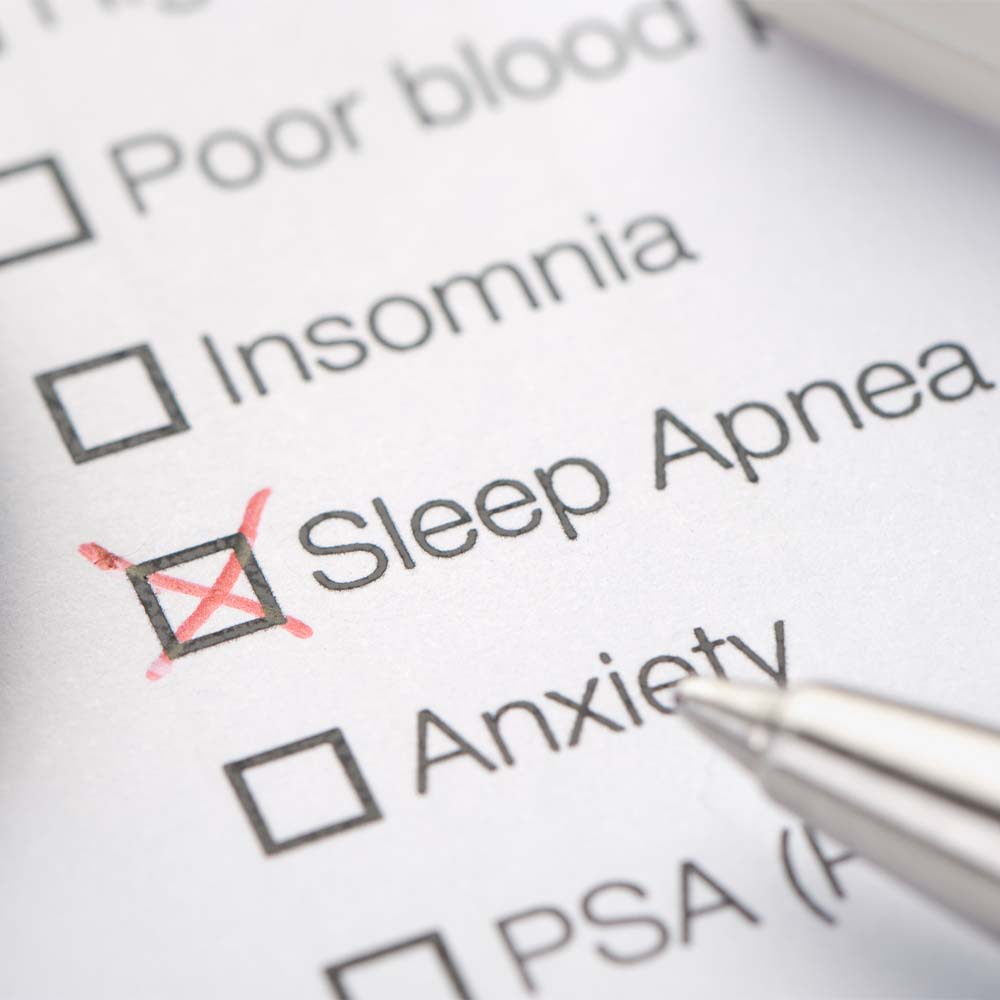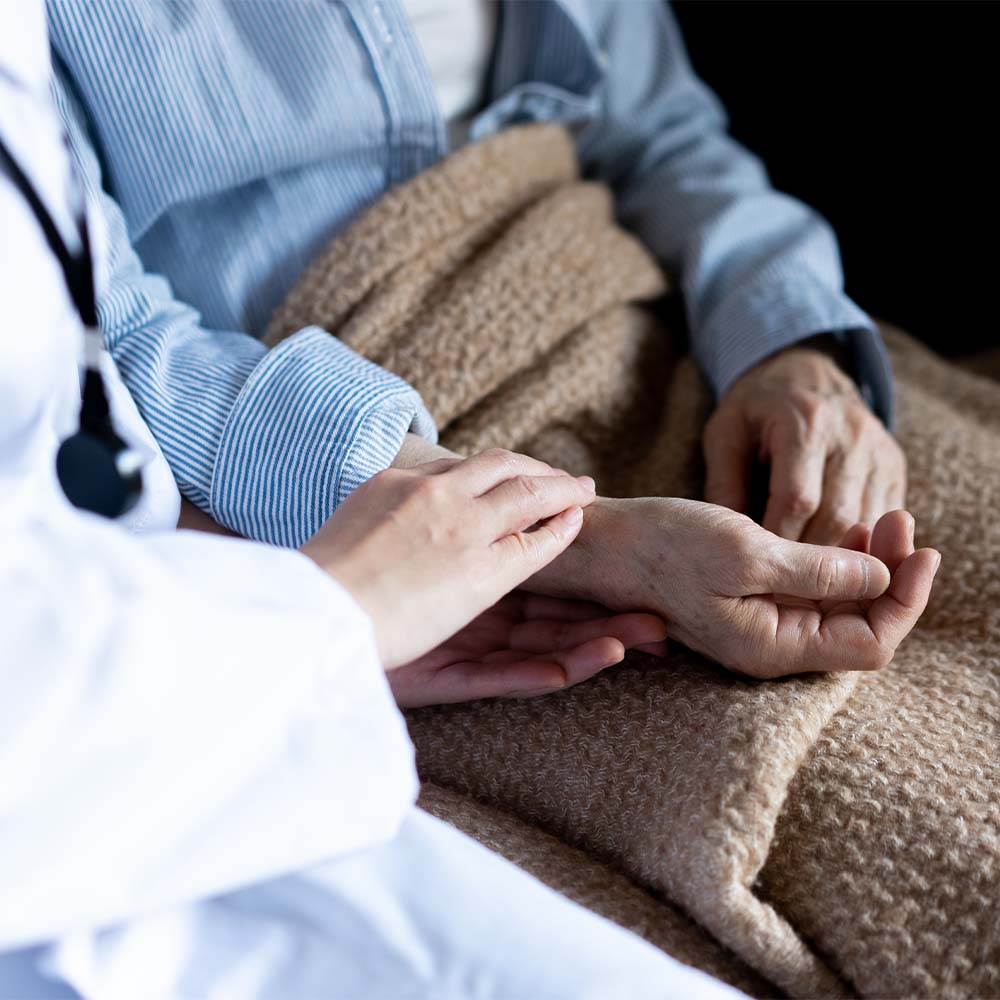Search
Criteria for clinical trials might be too strict, needlessly excluding patients: Newsroom - UT Southwestern, Dallas, Texas
https://www.utsouthwestern.edu/newsroom/articles/year-2019/clinical-trials-criteria.html

Federal regulations may keep lung cancer patients out of clinical trials simply because these patients are on medications that might affect the electrical system of the heart.
Study identifies weight-loss drug target in the brain: Newsroom - UT Southwestern, Dallas, Texas
https://www.utsouthwestern.edu/newsroom/articles/year-2024/aug-weight-loss-drug-brain.html

A team led by researchers from UT Southwestern Medical Center and a university in South Korea has identified a subset of brain cells whose activation may be partially responsible for the effects of a popular class of weight loss drugs that includes semaglutide and tirzepatide.
UTSW study recommends screening for suspected obstructive sleep apnea in underweight children: Newsroom - UT Southwestern, Dallas, Texas
https://www.utsouthwestern.edu/newsroom/articles/year-2022/sleep-apnea.html

Researchers at UT Southwestern Medical Center studied obstructive sleep apnea in a large group of children and concluded that underweight children with this condition are more likely to have decreased height, tonsillar hypertrophy, and allergic rhinitis.
Devise a dietary game plan for Super Bowl parties: Newsroom - UT Southwestern, Dallas, Texas
https://www.utsouthwestern.edu/newsroom/articles/year-2024/feb-super-bowl-dietary-plan.html

Football fans who plan to attend food-and-beverage-packed Super Bowl parties should have a dietary game plan to ensure that watching the big game is a healthy affair, according to a lifestyle medicine expert at UT Southwestern Medical Center.
Drugs, lotions can magnify sun’s harmful effects, UTSW expert says: Newsroom - UT Southwestern, Dallas, Texas
https://www.utsouthwestern.edu/newsroom/articles/year-2024/aug-drugs-lotions-magnify-sun.html

It’s well known that the sun’s ultraviolet (UV) light can wreak havoc on the skin. But most people don’t realize some commonly used products and medications can make us more susceptible to sunburn and other adverse reactions.
UT Southwestern Medical Center named Official Healthcare Partner of PGA Frisco: Newsroom - UT Southwestern, Dallas, Texas
https://www.utsouthwestern.edu/newsroom/articles/year-2022/pga-frisco.html

The PGA of America and Omni Hotels & Resorts today announced a new six-year partnership with UT Southwestern Medical Center, naming the hospital as the “Official Healthcare Partner of PGA Frisco.” The relationship will begin in 2023, to coincide with the official opening of PGA Frisco and Omni PGA
UTSW study links gene mutation to learning deficits in “Clueless” mice: Newsroom - UT Southwestern, Dallas, Texas
https://www.utsouthwestern.edu/newsroom/articles/year-2022/august-study-links-gene-mutation.html

A single mutation in a gene, Kcnc3, which encodes a potassium channel in neurons, causes learning deficits in mice, UT Southwestern researchers report in a new study in PNAS.
UTSW study finds cognitive decline key factor in predicting life expectancy in Alzheimer’s disease: Newsroom - UT Southwestern, Dallas, Texas
https://www.utsouthwestern.edu/newsroom/articles/year-2022/cognitive-decline.html

Cognitive decline is the biggest factor in determining how long patients with Alzheimer’s disease will live after being diagnosed, according to a new study from researchers at UT Southwestern.
UTSW team’s new AI method may lead to ‘automated scientists’: Newsroom - UT Southwestern, Dallas, Texas
https://www.utsouthwestern.edu/newsroom/articles/year-2024/feb-ai-method-automated-scientists.html

UT Southwestern Medical Center researchers have developed an artificial intelligence (AI) method that writes its own algorithms and may one day operate as an “automated scientist” to extract the meaning behind complex datasets.
UTSW study finds palliative care consultation does not decrease COVID-19 patients’ chances of receiving CPR: Newsroom - UT Southwestern, Dallas, Texas
https://www.utsouthwestern.edu/newsroom/articles/year-2022/palliative-care.html

COVID-19 patients who receive a palliative care consultation are 5.6 times more likely to receive comfort care at the end of life and are just as likely to receive CPR if needed as those who did not receive a consultation, according to a UT Southwestern study.
